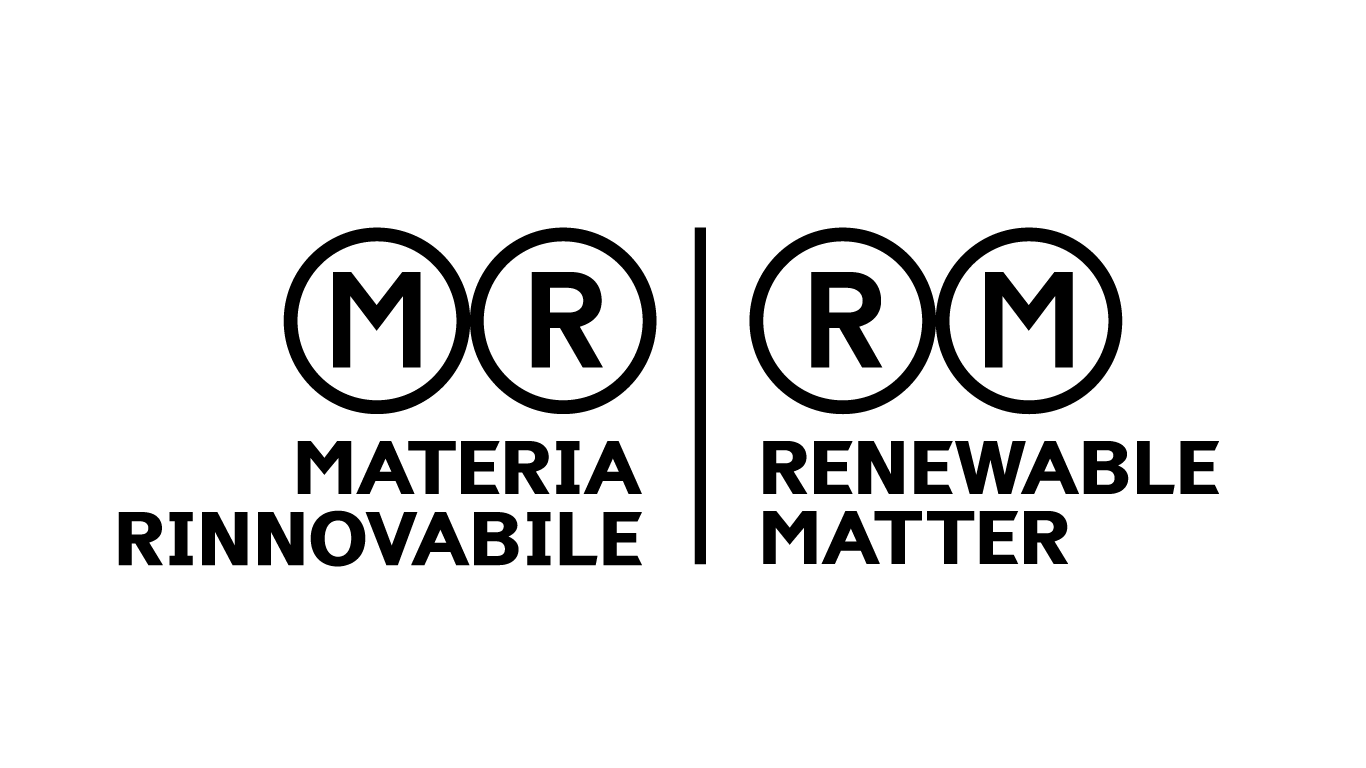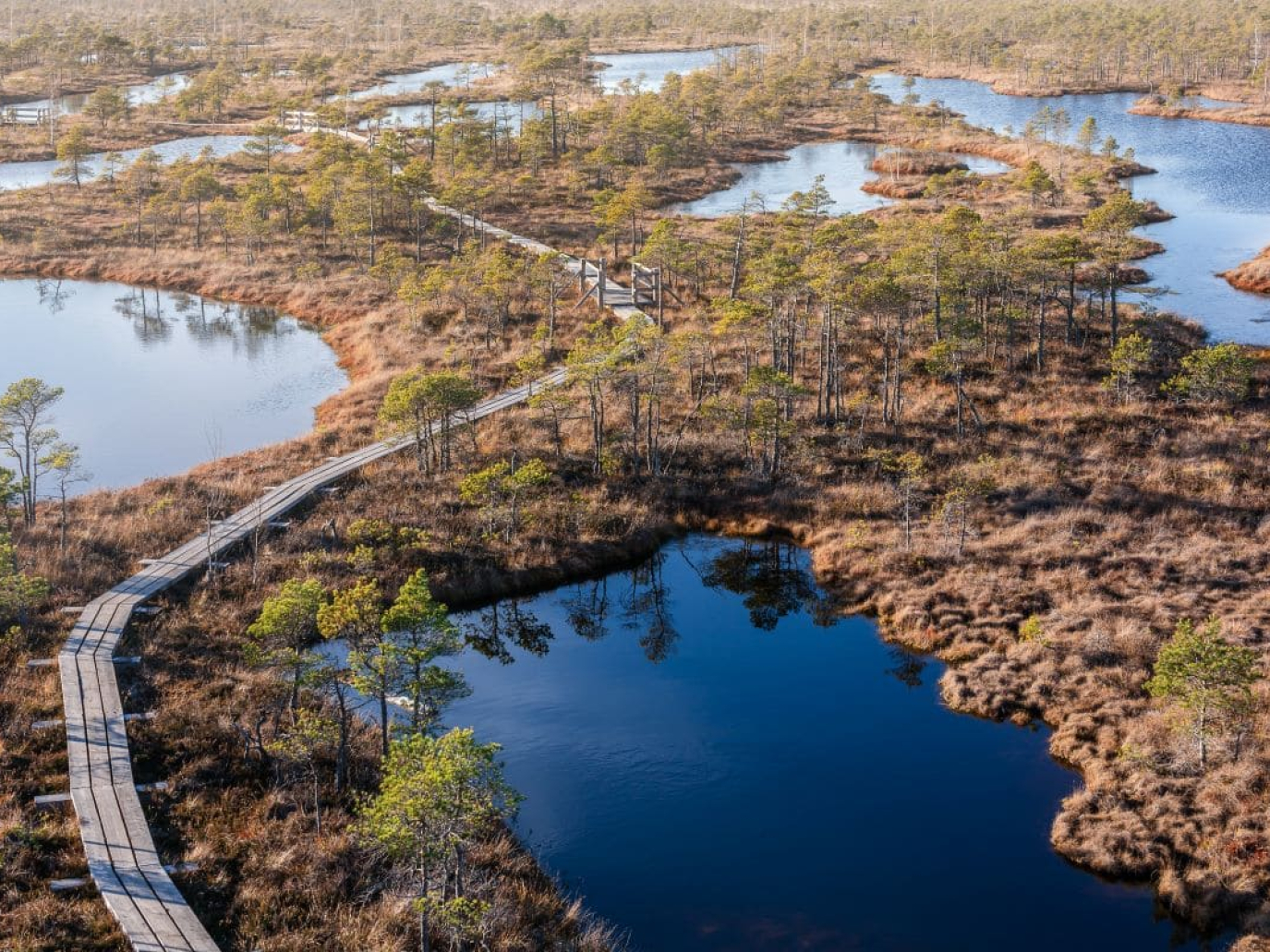
This article is also available in Italian / Questo articolo è disponibile anche in italiano
The Convention on Wetlands COP15, which concluded at the end July in Zimbabwe, left me with much food for thought. What role does such an international forum on wetlands play in today’s world? A world that appears to be increasingly divided and volatile, while a growing number of countries seem to be backsliding on their environmental commitments and less motivated to tackle some of the greatest challenges of our era – climate change, water scarcity, and nature loss.
Wetlands are critical ecosystems, central to not only mitigating and adapting to climate change but also to enhancing water and food security, reversing nature loss, and driving sustainable development.
But we are losing wetlands at an alarming rate. We are actively degrading and destroying our rivers, lakes, peatlands, mangroves and other wetlands. We are converting them for agriculture, constructing poorly planned dams, overusing water, mining, introducing invasive non-native species, and polluting them.
However, there is also growing global recognition of the links between climate change and biodiversity loss. They are two sides of the same coin, and we cannot hope to solve one without solving the other. Investing in healthy wetlands is at the heart of these interlinked crises – and the reason that I joined over 2000 other delegates at COP15 at this pivotal moment for wetlands.
For a long time, the climate-nature narrative has been dominated by forests and, to a lesser extent, oceans, leaving wetlands and freshwater ecosystems on the periphery of the conversation. Wetlands cover only 6% of our planet’s land surface as compared to forests that cover 30% or oceans that cover a whopping 70% of its entire surface. It’s not surprising, therefore, that many people, including political and business leaders, regard wetlands as wastelands and are unaware of their importance.
But for ‘tiny’ ecosystems, wetlands really pack a punch. They provide almost all of the water we consume. Rivers support one third of global food production. They underpin our societies and economies, providing an estimated US$39 trillion in annual economic value. They are growing ever more important as our climate changes. Mangroves sequester and store carbon even more efficiently than forests, and can decrease wave energy by 66%, reducing property damage and protecting millions of people from climate change-fuelled storms and sea level rise. Peatlands store 44% of all soil carbon and reduce the impact of floods and droughts by absorbing excess rainfall and releasing it gradually in drier times. And 40% of the world’s species live and breed in wetlands.
Clearly, decision makers have undervalued and overlooked wetlands, prioritizing short-term gains over their diverse long-term benefits. This has come at a cost to people, nature, and climate. In 2025 alone, floods caused immense losses to countries across the world like Pakistan, Nepal, and the US while droughts persisted in Africa, Europe and South America causing crop failures and wildfires. Astonishingly, we have lost 85% of freshwater species populations over the last 50 years.
COP15 needed to deliver – and it certainly offered a much-needed glimmer of hope. We saw the adoption of the 5th Strategic Plan, which charts a more ambitious course for the Convention over the next decade, and of key resolutions on everything from the Freshwater Challenge to waterbird conservation. The parties agreed to an increase in the Convention’s budget (admittedly not enough but the first rise in over a decade!), while there was also a compelling call for healthy wetlands to be recognised as key to climate mitigation and adaptation ahead of Climate COP30 in Brazil. The meeting also raised the profile and built momentum behind voluntary global initiatives, such as the Mangrove Breakthrough and Peatland Breakthrough.
Nevertheless, COP15 was not without its challenges and controversies. The Russian Federation withdrew from the Convention on account of the (adopted) resolution on assessing the impacts of its aggression on Ukraine’s wetlands. The US, though committed to protecting its wetlands primarily as fishing and hunting grounds, delivered a list of ‘red lines’, including references to climate change; Diversity, Equity and Inclusion (DEI); gender identity; and the SGDs, but did not seek to obstruct proceedings.
The impacts of these actions and statements from two of the world’s major powers gave me pause. Russia contains some of the largest wetlands, particularly peatlands, in the world, while the US contributes a large chunk of the Convention’s budget. Was this a foreshadowing of what other environmental conventions will look like in the years to come?
Strikingly and uplifting in these times, I saw genuine commitment to two of the core ideals of the Convention – consensus and multilateralism – from most countries in the plenary hall, as well as action from other big players. India showcased an extraordinary campaign – rejuvenating over 68,800 small wetlands in one year. Meanwhile, China continues to lead in wetland city designations, with nine new cities accredited at COP15. Their wetland policies, investment in restoration, and leadership in urban-wetland integration are globally exemplary. And Saudi Arabia joined the Ramsar party as the conference concluded, showing that emerging powers see it as a priority for the future.
The dichotomy of these scenarios begs the question – in relation to wetland conservation and, specifically, nature-based solutions to climate change, where is the world headed?
I found myself searching for answers and in doing so my thinking was challenged. Often, the narrative around climate efforts gets reduced to the idea that there are doers and there are deniers – with nothing in between. This kind of binary thinking is demotivating and does not tell the whole story.
It’s like the question I have faced most often since I left Vic Falls: was COP15 a success or a failure? As if 10 days of intense negotiations and debate can be summed up in one word.
I hope you did not read this far hoping for a ‘success’ or ‘failure’ answer. Because what COP15 really reinforced for me was the need to rewire myself to appreciate the different shades of success in these challenging political climates. To remember that Global climate finance hit an all-time high of USS1.9 trillion in 2023. In 2024, the UK’s last coal-fired plant was shut down. The average US citizen’s beliefs on climate change has actually improved. Brazil has come a long way from its far-right, dismantling-of-environmental-policies government to one that is actively prioritising climate action and multilateralism.
Amid the deluge of negative news and extremist commentary about everything that we at Wetlands International believe in, COP15 left me hopeful. I am under no illusions about the scale of the challenge and how urgently we all need to accelerate wetland action .
But what was clear is that governments know that they must invest more in protecting, restoring and wisely using their wetlands. And that they must do it quickly. They need to integrate wetlands more fully into climate plans, biodiversity targets, water resilience goals, agriculture, urban planning, and funding mechanisms, recognising wetlands not as margins, but as frameworks for sustainable development. Obviously, the private sector must step-up investments since governments cannot do it alone. Unfortunately, businesses were few and far between in Vic Falls. But we all have three years to change that and ensure that COP16 in Panama is packed with private sector players. Considering growing business interest in nature-based solutions, I am confident that it will be.
So COP15 is done and dusted. Unsurprisingly, it did not make the front pages of the world’s newspapers (or rise to the top of social media algorithms) given everything else going on in the world. But just because it flowed under the radar does not mean it did not drive progress. It ticked off some significant wins and showed that collaboration and consensus is essential for success – underlining how critical it is for Wetlands International to strengthen our partnerships and develop effective multistakeholder coalitions that pursue a participatory, inclusive, just and equitable approach.
COP15 reinforced my optimism that the countries can move in the right direction for their wetlands and their people. It is up to all of us to help ensure that they do. Together, we can turn the commitments at COP15 into real change.
Cover: Pine forest in the raised bog, Kemeri National park, Latvia, Envato



